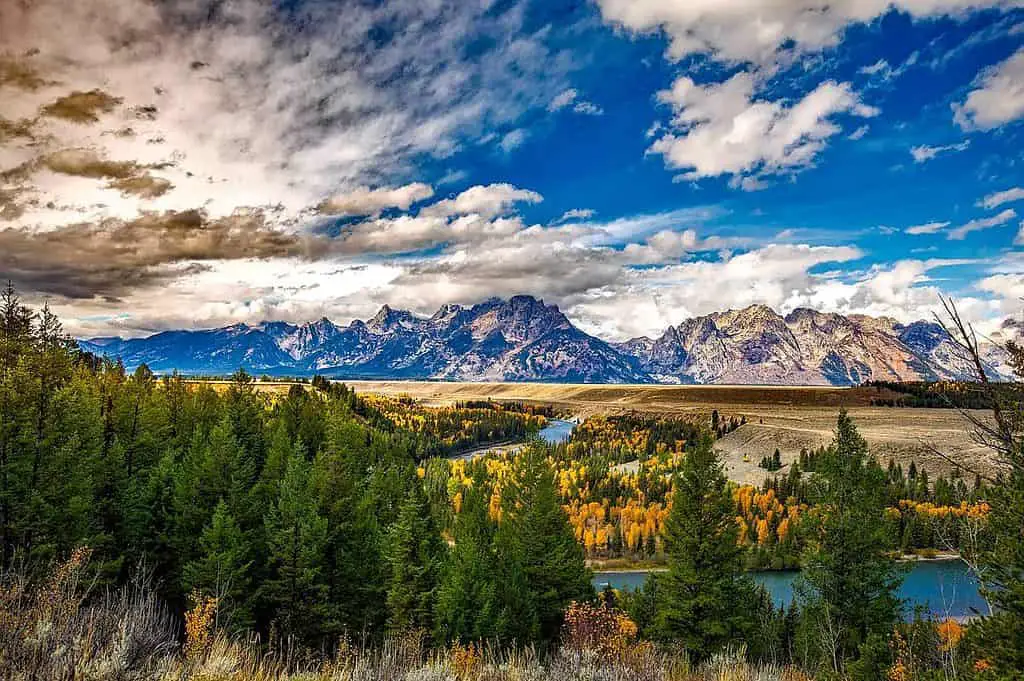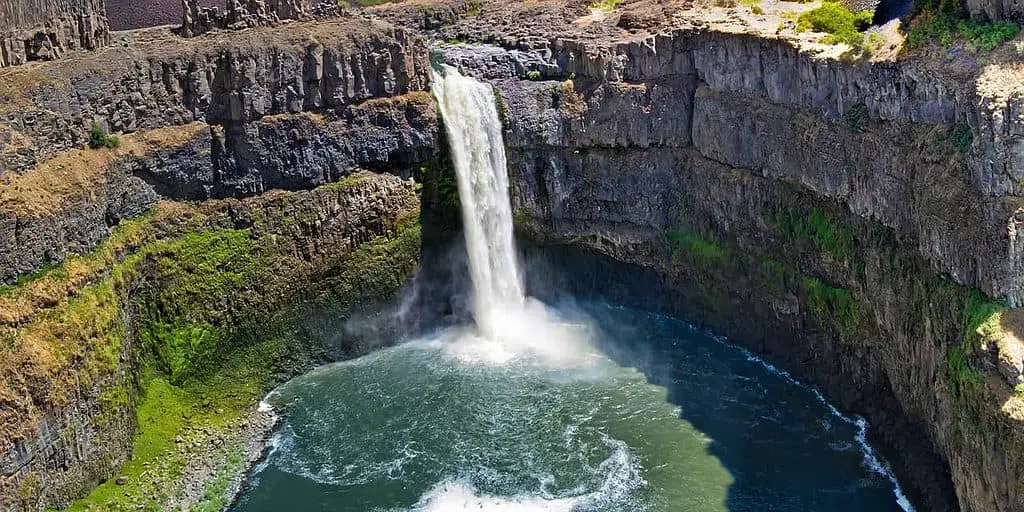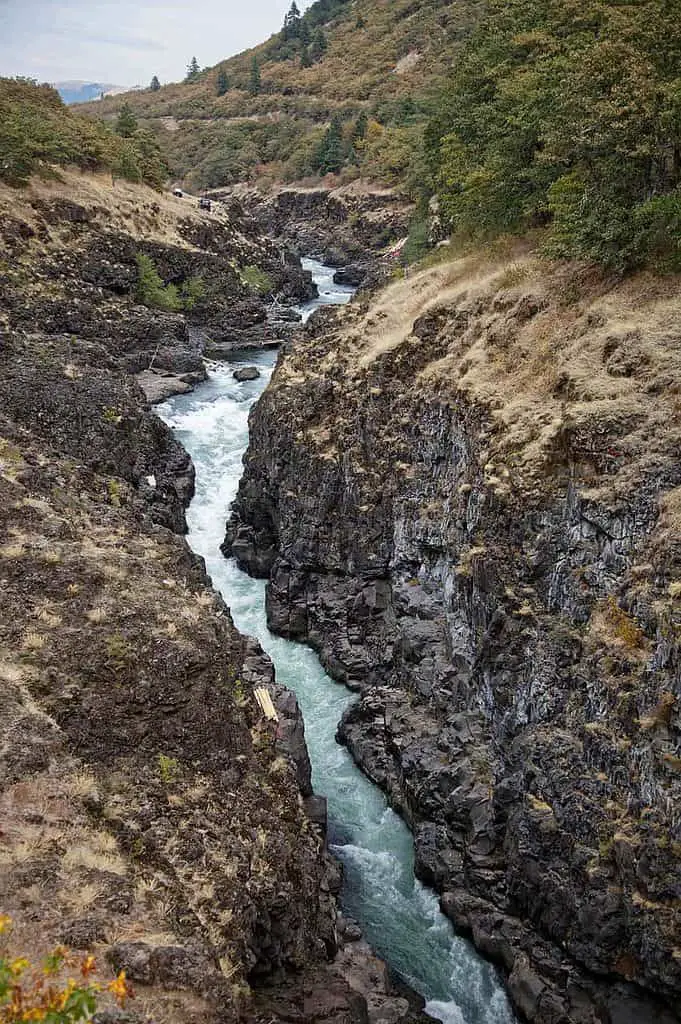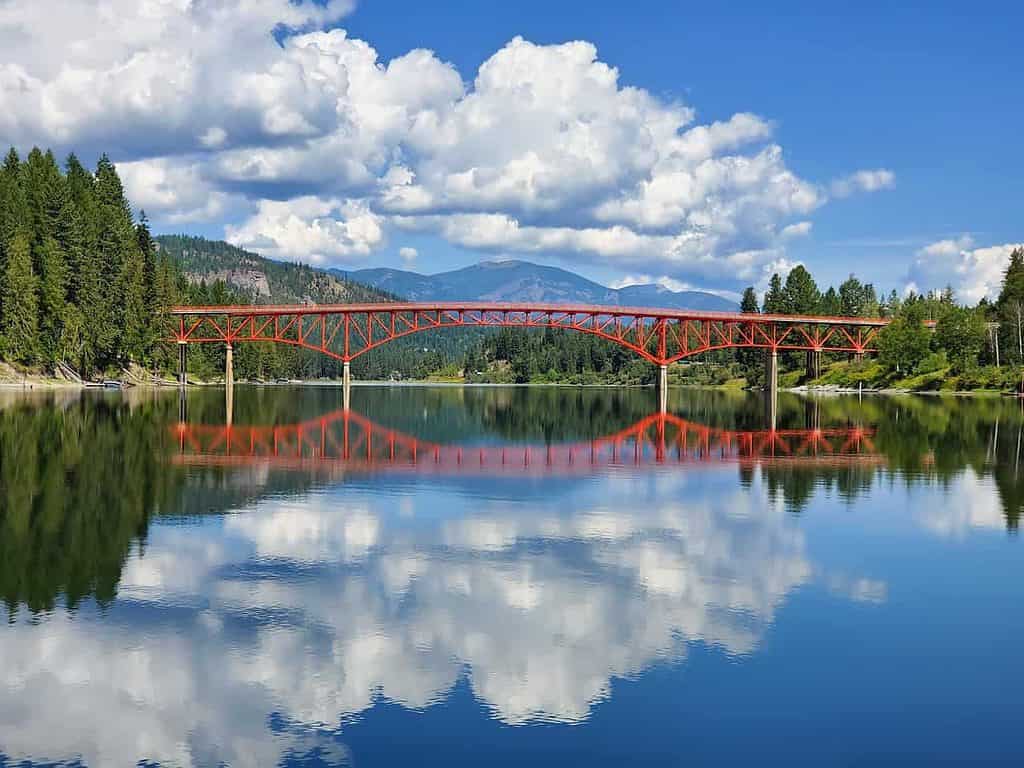Washington state is known for its many rivers, from the mighty Columbia to the smaller Klickitat. There's a river in Washington state for every kind of paddler: Class I beginners can hit up the Yakima; experienced whitewater enthusiasts will love the Elochoman, and everyone else is invited to explore our many other rivers in between. Whether you're looking for an adventure or want to escape from civilization for a while, take a trip down one of our state's rivers!
Columbia River
The Columbia River is the largest in the Pacific Northwest and one of the largest in North America. It is 1,243 miles long, flows through Washington, Oregon, and Idaho, and drains an area of about 258,000 square miles.
The Columbia River originates in Canada as a small stream that flows out of Lake Windermere at Radium Hot Springs Provincial Park. The river travels south through British Columbia before entering Washington state at Beacon Rock State Park. From there, it flows southeast through Idaho before turning north to flow into Oregon near Portland, where it joins with the Snake River forming a large delta-shaped estuary called Portland Harbor on its way to its mouth at Astoria (a major port city), where it becomes part of the Pacific Ocean.
Snake River
You may have heard that the Snake River is one of the largest tributaries of the Columbia River. That's true; it's also one of Washington state's most important rivers!
The Snake River originates in the mountains of Idaho and flows through Portneuf Gap, which separates Oregon and Idaho. From there, it goes south into Utah before turning back west at Yellowstone National Park and continuing to Wyoming. The Snake River Plain covers a large part of southern Idaho, eastern Oregon, and southeastern Washington State. It's also known as "The Palouse" because its fertile soil resembles wheat fields - and because you can see where to find them by looking for their distinctive patchwork pattern when viewed from above!
Palouse River
The Palouse River is a tributary of the Snake River in the U.S. state of Washington and forms part of its extensive drainage system. The river is about 170 miles (270 km) long, with an average discharge at Potlatch estimated to be 1,460 cubic feet per second (42 m³/s). The name "Palouse" derives from a Native American word for tumbleweed.
The Palouse drains much of southeastern Washington and northern Idaho between the Cascade Range on its west side and the Blue Mountains on its east side. It begins near Dry Falls State Park at the confluence of Henrys Fork with Rattlesnake Creek, then flows generally south-southwestwardly through Whitman County until passing under Interstate 90 just above Pullman; parallels I-90 downstream into Latah County; continues roughly parallel but offset slightly to the west until turning due north at Moscow (at this point passing under US Route 95); runs roughly northwestwardly through Latah County back into Idaho where it joins Snake River just below Lewiston.
Yakima River
The Yakima River is a tributary of the Columbia River in Washington state. It starts at Mount Rainier, flows through the Cascade Mountains, and empties into Union Gap Reservoir before becoming part of the Columbia River. The river is about 170 miles long and passes through Yakima County, where it forms parts of the borders between Oregon and Idaho and Washington State's border with Oregon.
The river is used for irrigation for farms along its banks, but it also has several dams that help manage water levels during floods or drought conditions; these dams are used for power generation and flood control purposes. Many recreational activities are available along this scenic waterway, including swimming in Lake Easton State Park or boating around Fumee Lake.
Anglers may find white sturgeon or rainbow trout while fishing near Tieton Dam - one of several dams located on this tributary stream named after an Indian tribe living there hundreds of years ago!
Willapa River
The Willapa River is located northwest of Washington state. It is approximately 24 miles long and begins at the confluence of its North and South Forks, which rise in southwest Grays Harbor County as tributaries of the Chehalis River. The river's main stem then flows west through Lake Cushman into Willapa Bay, an arm of the Pacific Ocean.
As you might have guessed from its name, this river is known for being home to many different species of fish. Be sure to bring your fishing pole if you're looking for a good spot!
Klickitat River
The Klickitat River is a tributary of the Columbia River in the Pacific Northwest region of the United States. The river has its headwaters in the Cascade Range and flows south through gorges and canyons to meet with the Columbia near its mouth at Portland, Oregon. Along with its tributaries, it drains an area of about 17,000 square miles (44,000 km²) and is one of Washington state's most famous rivers for recreational purposes.
The Klickitat River begins as North Fork Creek near Chinook Pass on Mount Adams' southeastern flank in Skamania County. It flows southeast through Klickitat County into Lake Selmac at Selma City Park before turning south toward Dallesport on U.S Route 97, where it receives Little Klickitat Creek from the east side of Cascade Mountains as well as another channel named Big Bend Creek that also drains into this same channel within Lake Selmac Reservoir.
Elochoman River
The Elochoman River is located in Washington state. It is a tributary of the Columbia River and runs through the Grays Harbor region. The Elochoman is famous for fishing because it contains many steelhead species and salmon. People who go fishing here often enjoy catching these fish while spawning in the river. The Elochoman River also has white water rafting opportunities that are popular with kayakers and rafters alike!
Pend Oreille River
The Pend Oreille River is a tributary of the Columbia River, located in northern Washington state. It stretches approximately 200 miles from its origins near Lake Pend Oreille in Idaho to its mouth on the Columbia River at Newport.
The river's name derives from the French word for "earring," which was thought by early explorers to be an appropriate description for its shape as it flows around Priest Lake and Sandpoint. The area surrounding the river has become famous for fishing and boating activities, including kayaking, canoeing, and rafting trips down its length - a route that features some dramatic views along with some challenging rapids.
Washington state has a lot of rivers.
Washington state is known for its rivers. The majority of Washington's rivers are located in the eastern part of the state, with three major river basins: Columbia River Basin, Puget Sound Basin, and Snake River Basin. Washington has eight major rivers that drain into the Pacific Ocean: Columbia, Snake (two forks), Yakima, and Pend Oreille Rivers, as well as four others that flow into other states or countries: Walla Walla, Tucannon, and Touchet Rivers; Skokomish River.
Conclusion
Washington is well known for its rivers and lakes, with over half of the state being covered by water. This has many benefits, but it also means there are many risks to be aware of when boating or swimming in these waters. If you have kids who love being near water, you may want to keep them safe while they play in their backyard pool or nearby park.





